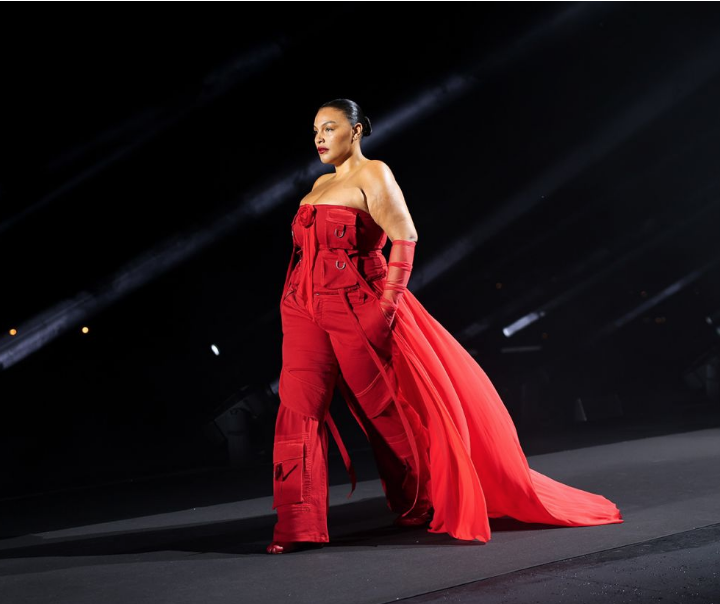What really is plus-size fashion? Experts weigh in on the term’s ever-evolving meaning
by Admin

Having a bigger, curvier body, and needing the type of clothing that accommodates or even highlights it, has become (somewhat) more accepted by the fashion and retail industries.
Recent years have seen greater commitments to size diversity from clothing brands and the rise of plus-size models such as Ashley Graham, Paloma Elsesser, Precious Lee and Tess Holliday.
But what’s really considered a plus-size body or garment?
Though there are no universal criteria for plus-size clothing, the general perception of what constitutes plus-size has changed over time.
“There’s that quote that always goes, ‘Well, Marilyn Monroe was a size 14,’” noted Carmen Keist, an associate professor in the family and consumer sciences department at Bradley University in Illinois. “Those numbers … don’t really mean anything, because a size 14 in the ‘50s was something totally different than what it means now.”
Most vintage garments are at least a few times smaller than their equivalent sizes today. In sizing tables from 1915 to 1920, plus-size — then known as “stout size” — began at a 30-inch waist and a 42-inch bust, according to Downing Peters. But today, that’s equivalent to a size eight or 10.
Having a bigger, curvier body, and needing the type of clothing that accommodates or even highlights it, has become (somewhat) more accepted by the fashion and retail industries. Recent years have seen greater commitments to size diversity from clothing brands and the rise of plus-size models such as Ashley Graham, Paloma Elsesser, Precious Lee and…
Recent Posts
- Look of the Week: Barry Keoghan makes the case for the male pussy-bow
- Boston Celtics end Cleveland Cavaliers’ unbeaten start to the season, Lakers rookie makes history and more from the NBA
- Три из четырех новостей распространяются в соцсетях без предварительного прочтения – исследование
- Дэвид Кроненберг: “Я не крёстный отец боди-хоррора, я даже не знаю, что это такое”
- Barnes & Noble is making a comeback